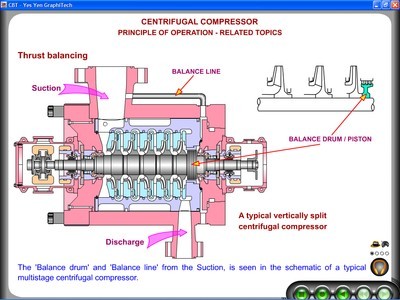rQuestionEngineering
Mechanical
- Aug 30, 2012
- 204
What is balance line leakage rate and how it is related to compressor performance ?
Follow along with the video below to see how to install our site as a web app on your home screen.
Note: This feature may not be available in some browsers.

